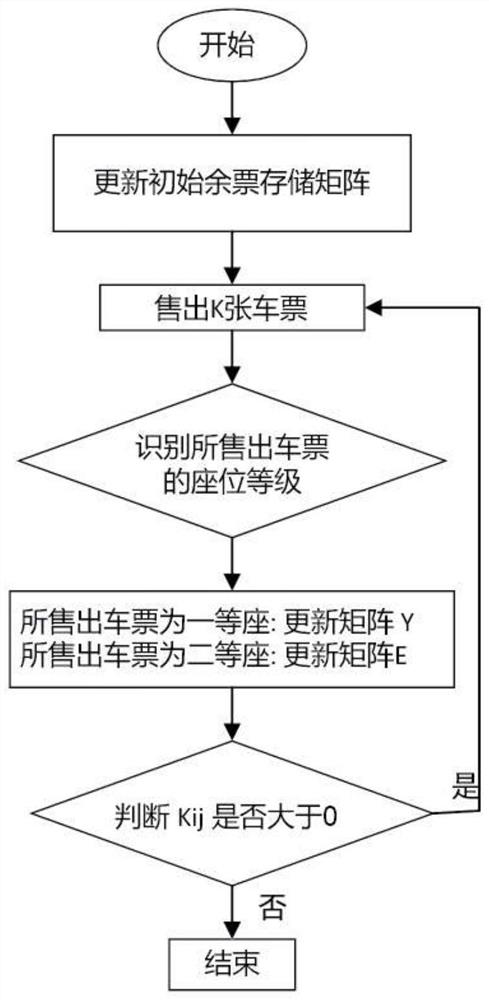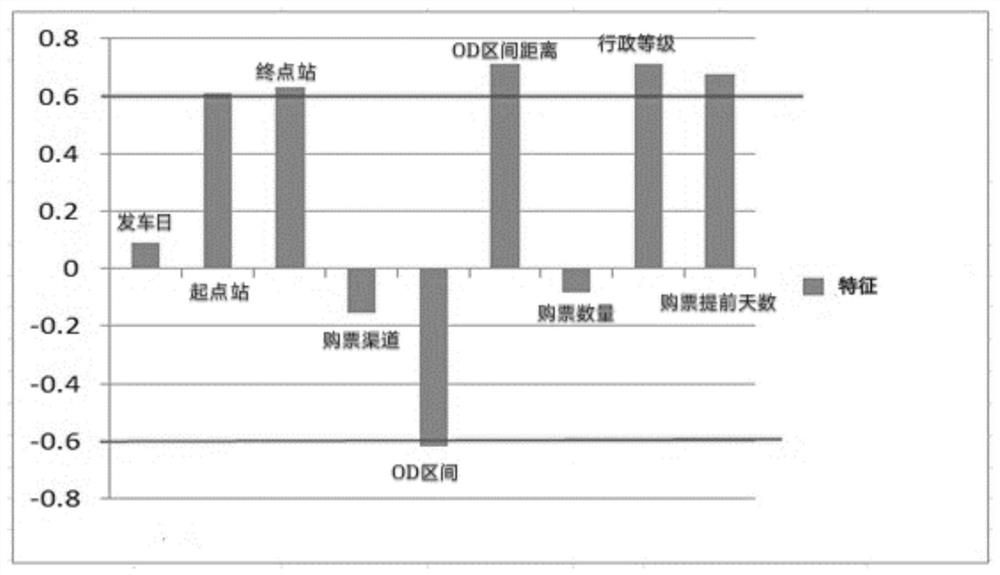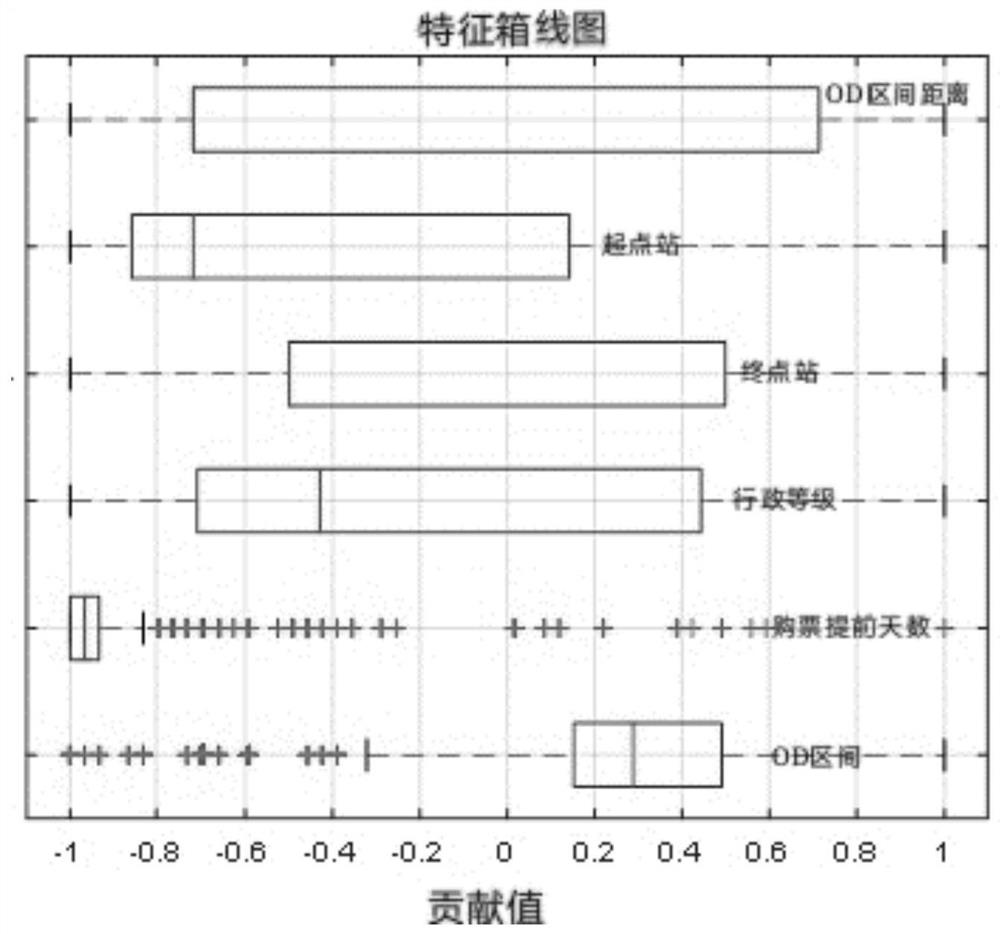A revenue-maximizing fare allocation method based on passenger demand re-identification
A distribution method and re-identification technology, applied in the direction of kernel method, character and pattern recognition, data processing application, etc., can solve the problem that passengers cannot reflect the potential ticket purchase demand, and achieve the effect of increasing income
- Summary
- Abstract
- Description
- Claims
- Application Information
AI Technical Summary
Problems solved by technology
Method used
Image
Examples
Embodiment
[0080] A revenue-maximizing ticket allocation method based on passenger demand re-identification presented in this example is based on the passenger's potential ticket demand data for ticket allocation.
[0081] The data involved in this example comes from the train numbered D2818 (i.e. the target train), which serves 18 stations, but the data used in this example only involves 12 stations; in addition, this example only considers that the train seat level is The case of first-class and second-class seats. Therefore, use c to represent the grade number of the target train seat, and c∈{1,2}; use i to represent the starting station number of different OD intervals, and j to represent the terminal station number of different OD intervals; use matrix Describe the number of remaining tickets for the c-level train seats of the target train running in the OD interval (i, j); use Indicates the number of tickets purchased by passengers whose origin station is i, terminal station is ...
PUM
 Login to View More
Login to View More Abstract
Description
Claims
Application Information
 Login to View More
Login to View More - R&D
- Intellectual Property
- Life Sciences
- Materials
- Tech Scout
- Unparalleled Data Quality
- Higher Quality Content
- 60% Fewer Hallucinations
Browse by: Latest US Patents, China's latest patents, Technical Efficacy Thesaurus, Application Domain, Technology Topic, Popular Technical Reports.
© 2025 PatSnap. All rights reserved.Legal|Privacy policy|Modern Slavery Act Transparency Statement|Sitemap|About US| Contact US: help@patsnap.com



